What are smart contracts, and how do you deploy one?
May 23 2025
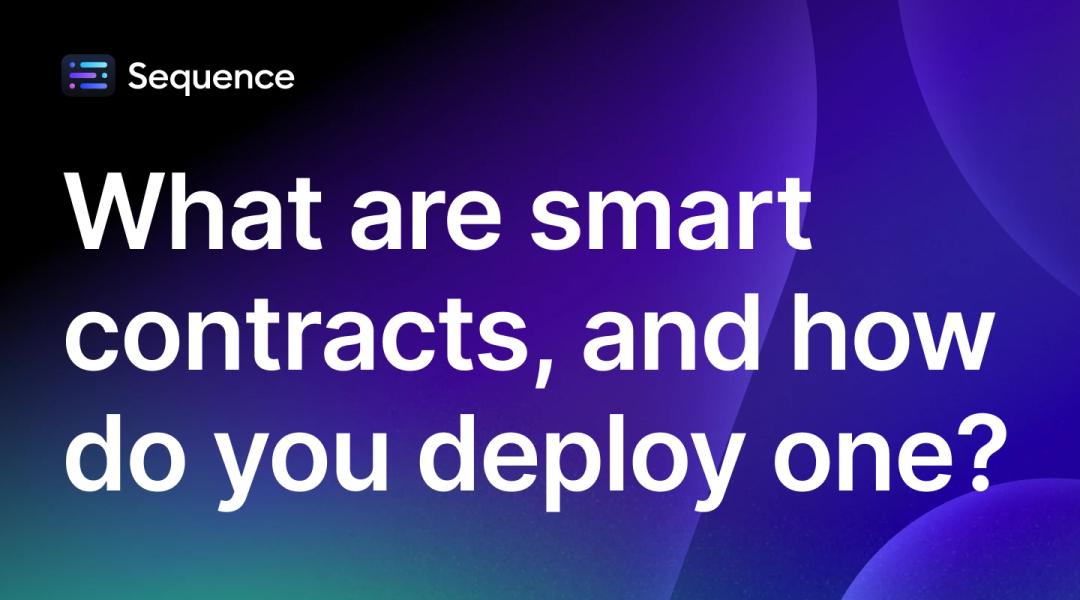
One foundational innovation powers nearly every web3 application: smart contracts. These self-executing code scripts represent agreements encoded into blockchain networks, removing the need for intermediaries and enabling trustless, automated interactions.
In this article, we’ll break down what smart contracts are and how they work, and give you a step-by-step framework for deploying your first smart contract.
What is a smart contract?
A smart contract is a program stored on a blockchain that runs when predetermined conditions are met. Once deployed, it executes exactly as written, without relying on a central authority.
Think of it as a vending machine. You insert a coin (transaction), make a selection (function call), and the machine checks its logic (conditions). If all requirements are met, you get your item (outcome). There’s no cashier or middleman, just code and consensus.
Some of its key properties:
- Immutable: Once deployed, a smart contract cannot be altered thanks to blockchain technology.
- Deterministic: The same inputs always produce the same outputs.
- Trustless: Parties don't need to trust each other, only the code.
- Publicly verifiable: Anyone can inspect the contract’s code and history.
Contracts are most commonly written in Solidity for the Ethereum blockchain and other EVM chains, though other languages, like Rust, are gaining traction.
Smart contracts: Common use cases
Smart contracts can be employed in a variety of use cases, most commonly to:
- Facilitate payments. Contracts, for example, can automatically distribute ETH or ERC20 payments among multiple parties based on predefined shares. Funds flow continuously based on smart contract logic.
- Automate workflows. Smart contracts can automate multi-signature transaction approvals by triggers based on predetermined conditions (e.g., DAO vote passes → funds released).
- Mint and transfer NFTs. In renowned NFT marketplaces, like Magic Eden or from web3 games such as Champions Tactics, smart contracts can automate listing, transfer, and purchase of NFTs and digital assets via their logic, enabling peer-to-peer activity.
- Govern web3 apps. Smart contracts may execute governance proposals for organizations (e.g., adding members, allocating funds, and changing bylaws).
- Enforce rules in games, DeFi platforms, and DAOs. In games like Skyweaver, smart contracts may handle NFT ownership and in-game asset transfers, ensuring player-owned economies. Decentralized exchanges like Uniswap or lending platforms like Aave rely entirely on smart contracts to manage liquidity pools, loans, and repayments.
Smart contracts power decentralized apps by interacting with frontends through libraries like Sequence.js, ethers.js or web3.js, enabling users to read data, sign transactions, and receive real-time updates via emitted events. To ensure a smooth user experience, developers should integrate web3 wallet connections, provide clear transaction feedback, and handle errors gracefully, all using the contract’s ABI to interface with the blockchain.
Writing secure smart contracts: Best practices
While smart contracts bring automation and transparency, they are also susceptible to bugs and exploits, especially since they often manage high-value assets. Here are some of the key best practices we recommend every developer follow:
Audit your code thoroughly: Security audits, whether internal or via third-party firms, are critical. Even minor bugs can lead to major financial losses.
Use battle-tested libraries: Avoid reinventing the wheel. Leverage established libraries such as OpenZeppelin for commonly used standards and utilities.
Least privilege: Minimize access control by limiting who can execute sensitive functions. Use role-based permissions where appropriate.
Test extensively in simulated environments: Use testnets and simulation frameworks like Hardhat or Foundry to validate behavior before mainnet deployment.
Have a fallback plan: Include pause mechanisms or upgrade paths (via proxy patterns) to respond to emergencies, but balance this with decentralization goals.
Simplifying smart contract deployment and management with the Sequence web3 development platform
Modern web3 platforms like Sequence provide frameworks, SDKs, and abstractions to help developers move from code to contract faster, with fewer edge cases and less risk.
With its integrated contract management tools, Sequence Builder enables you to import smart contracts, assign collaborators, and interact with deployed contracts, all in one place. Everything from deployment to on-chain interaction is handled seamlessly through a single interface.
You can either use ready-made templates such as ERC20, ERC721, or ERC1155, or upload your own custom smart contracts. These contracts are stored within your project environment and can be deployed to any supported EVM-compatible network directly from the Sequence Builder dashboard.
The contract dashboard offers full visibility and control over your deployed contracts. You can inspect balances, tokens, and recent activity while executing both read and write functions with ease.
By using the right tools, you can build faster, ship smarter, and focus on your web3 app, not on reinventing core infrastructure.
Get started for free with Sequence Builder and explore our dedicated documentation to unlock the full potential of smart contracts for your web3 app, game, or marketplace — all seamlessly powered by the Sequence developer platform.
Sequence makes building onchain simple. Developers and teams can launch, grow, and monetize apps with unified wallets, 1-click cross-chain transactions, and real-time data, all in a modular and secure stack. No more stitching together fragmented tools or battling poor user flows. Sequence is production-ready infrastructure that helps teams ship faster, onboard more users, and scale confidently. From chains and stablecoins to DeFi and gaming, Sequence powers developers and applications across the EVM ecosystem with billions in transaction volume and millions of users. Trusted by leaders in blockchain, Sequence powers today’s onchain apps and delivers future-proof infrastructure for tomorrow’s breakthroughs. Learn more at sequence.xyz.
Written by

Sequence team
Sequence logoRelated Posts
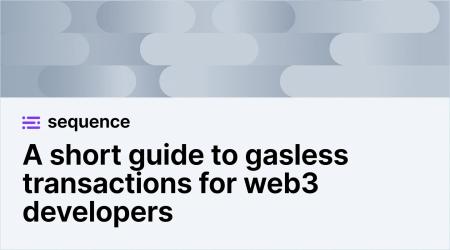
A short guide that explains exactly what gasless transactions are, and why they matter for your web3 experience.
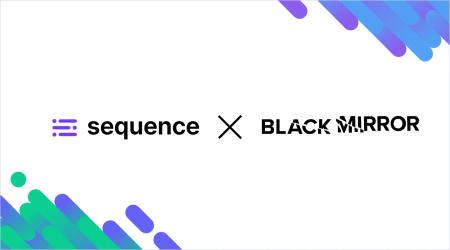
In partnership with KOR Protocol, Sequence and Msquared, Black Mirror's franchise has launched the $MIRROR token and a new web3 experience!
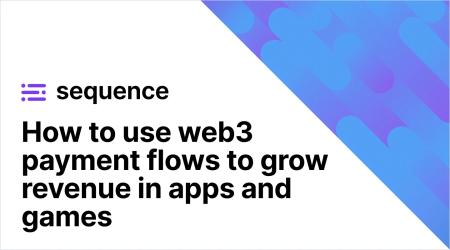
Web3 payment flows allow any app to embed onchain purchases and interactions in a way that feels natural for users. Learn more about them!
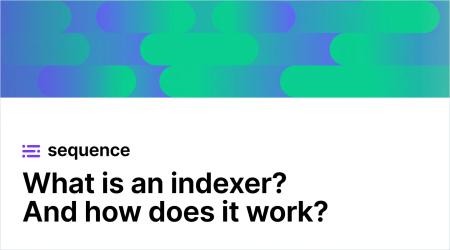
As more applications and protocols move onchain, indexers redefine how dev teams access, organize, and use blockchain data. Learn how!

